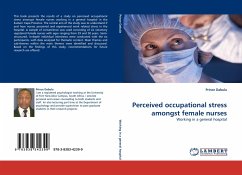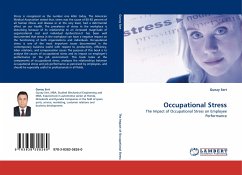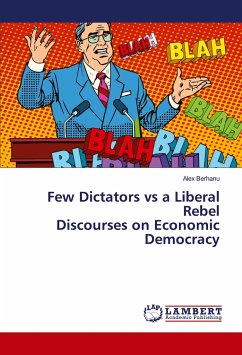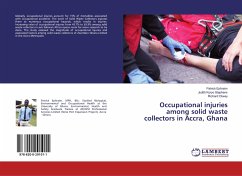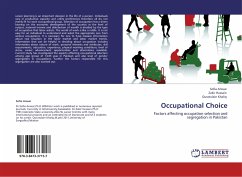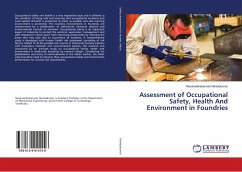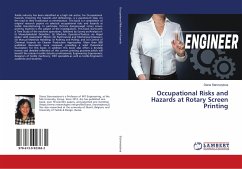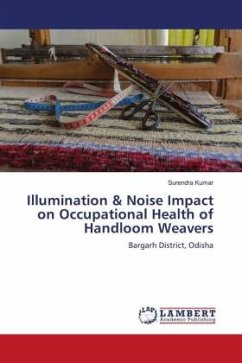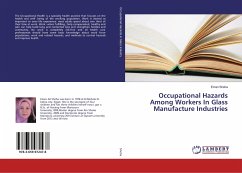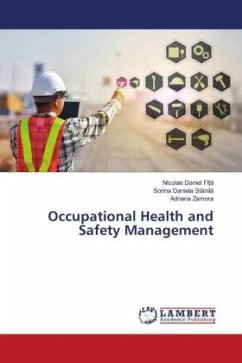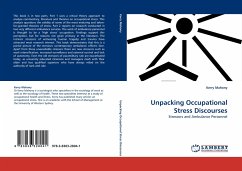
Unpacking Occupational Stress Discourses
Stressors and Ambulance Personnel
Versandkostenfrei!
Versandfertig in 6-10 Tagen
52,99 €
inkl. MwSt.

PAYBACK Punkte
26 °P sammeln!
This book is in two parts. Part 1 uses a critical theory approach to analyse commentary, literature and theories on occupational stress. This analysis questions the validity of some of the most enduring and taken-for-granted theories of stress. Part 2 reports on research conducted in two very different ambulance services. The work of ambulance personnel is thought to be a high stress occupation. Findings support this perception, but for reasons not given primacy in the literature. The intrinsic stressors of witnessing human tragedy and trauma have attracted most research interest. This book de...
This book is in two parts. Part 1 uses a critical theory approach to analyse commentary, literature and theories on occupational stress. This analysis questions the validity of some of the most enduring and taken-for-granted theories of stress. Part 2 reports on research conducted in two very different ambulance services. The work of ambulance personnel is thought to be a high stress occupation. Findings support this perception, but for reasons not given primacy in the literature. The intrinsic stressors of witnessing human tragedy and trauma have attracted most research interest. This book demonstrates that this is a partial picture of the stressors contemporary ambulance officers face. Apart from these unavoidable stressors there are new stressors such as work intensification, increased surveillance and external control and lack of autonomy. Even the old stressors of paramilitary rule are exacerbated today, as university educated clinicians and managers clash with their olderand less qualified superiors who have always relied on the authority of rank and rule.



